From sewing to scented curtains, the startling breadth of the first Hepworth Sculpture Prize
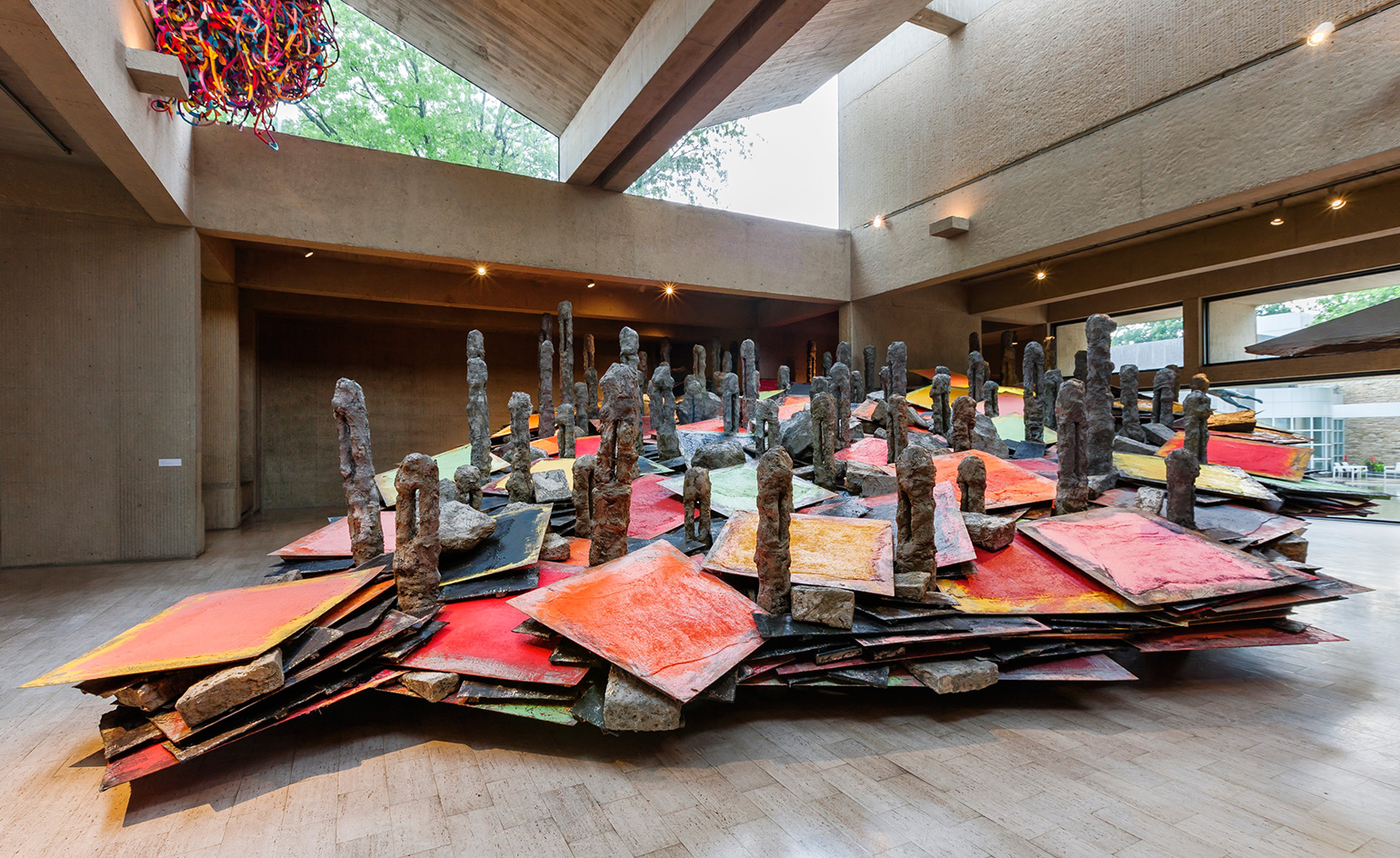
Visually, the work of the four artists nominated for the first Hepworth Sculpture Prize couldn't be more different. Under the surface, the eclectic group share a progressive attitude, a desire to interrogate their materials and a penchant for audience interaction. Just a few reasons they've been chosen for this pioneering award – the first of its kind in the UK to focus on innovation in contemporary sculpture.
David Chipperfield's commanding architecture creates a natural gravitas around exhibitions at The Hepworth Wakefield. This one feels more important and timely than ever thanks to the prize's high stakes. The £30,000 award will be judged by a panel including Chipperfield himself and announced on 17 November. What's more, the winner will be forever linked to the esteemed mother of contemporary British sculpture, Barbara Hepworth. Accolade indeed.
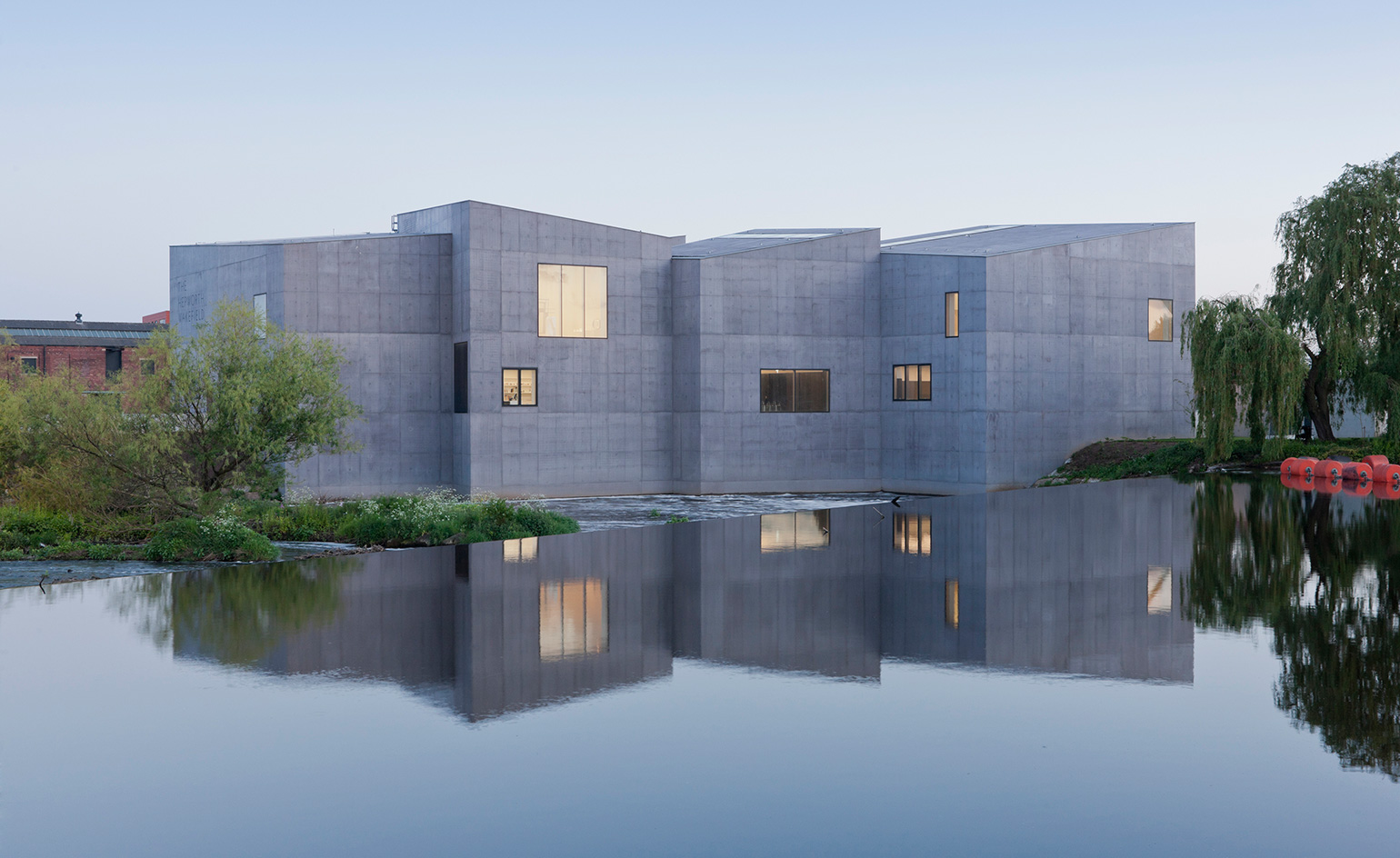
The Hepworth Wakefield, designed by David Chipperfield.
As well as innovation, diversity is key to the award, aided by its limitless age parameters. A good job, because apparently no one knows the eldest entrant David Medalla's exact age. It's in the region of 80, his assistant informs. Still sketching with veracity (even during the press walk through), the Filipino-born artist could be mistaken for someone much younger. His enthusiasm is reflected in the effervescent sculpture Cloud Canyons, a kinetic work comprising a muddle of transparent tubes that emit torrents of soap bubbles. Kept sensibly away from these is his other offering, A Stitch in Time – a room full of hanging linens that visitors are invited to thread messages into, in a sewing box of colours. It's just as entertaining today as when we reviewed it earlier this year.
Medalla, his celebrated career unspooling before us in this two-part display, is an early tip for the 'people's choice award', to be announced at the end of the show's run. On the other hand, Dalston-based Steven Claydon is seen by some as the left-field critics' choice. His probing work is essential to the award's premise of innovation. Fittingly, his space in the Hepworth is entered through a curtain of plastic orange sheets imbued with citronella – 'a pernicious membrane' – providing a refreshing, if pungent, redefinition of what sculpture is.
Moving past the wall of Claydon's fluorescent blue lights and through another orange curtain, we enter Helen Marten's space. It's been a great year for the 31-year-old from Macclesfield. Her imposing works slide from 2D to 3D with an elegance fit, appropriately, for the Turner Prize 2016 shortlist – the winner of which will be announced in December. Like Claydon, her work hits the prize's progressive brief. 'Marten is truly interrogating sculpture,' chief curator Andrew Bonacina explains. 'From the words, ideas and thoughts that go into her months of research, into the 2D silkscreens, which push out into space through sculptural "appendages", as she calls them, it's a material journey.'
Bonacina has saved the most arresting work until last. Phyllida Barlow 'takes over the architecture' with a reconstruction of her monumental 2013 work screestage, created for Des Moines Art Center. 'The idea of re-installing a work I'd already created some years ago was exciting,' she explains. 'This space has a completely different dynamic; conflicting angles, which of course, I love.' Her room is entered through a door positioned directly under the abstract, architectural work, and visitors must duck under tiles of cardboard and polystyrene, not seeing the decorative, colourful roof until they're deeply immersed. 'I wanted it to be a surprise,' the artist smiles.
It's all too easy to pick a favourite based on the works on show at The Hepworth, but it's important to remember that the award will be judged on life-time achievement and contribution to sculpture, as well as what we see in the galleries. With this in mind, we're sensibly hedging our bets as to who will clinch the prize. To a certain extent, it doesn't seem like the most important thing. That the prize exists at all is cause for celebration, and we hope it returns next year with even more bubbles, citronella, material interrogation and surprises.
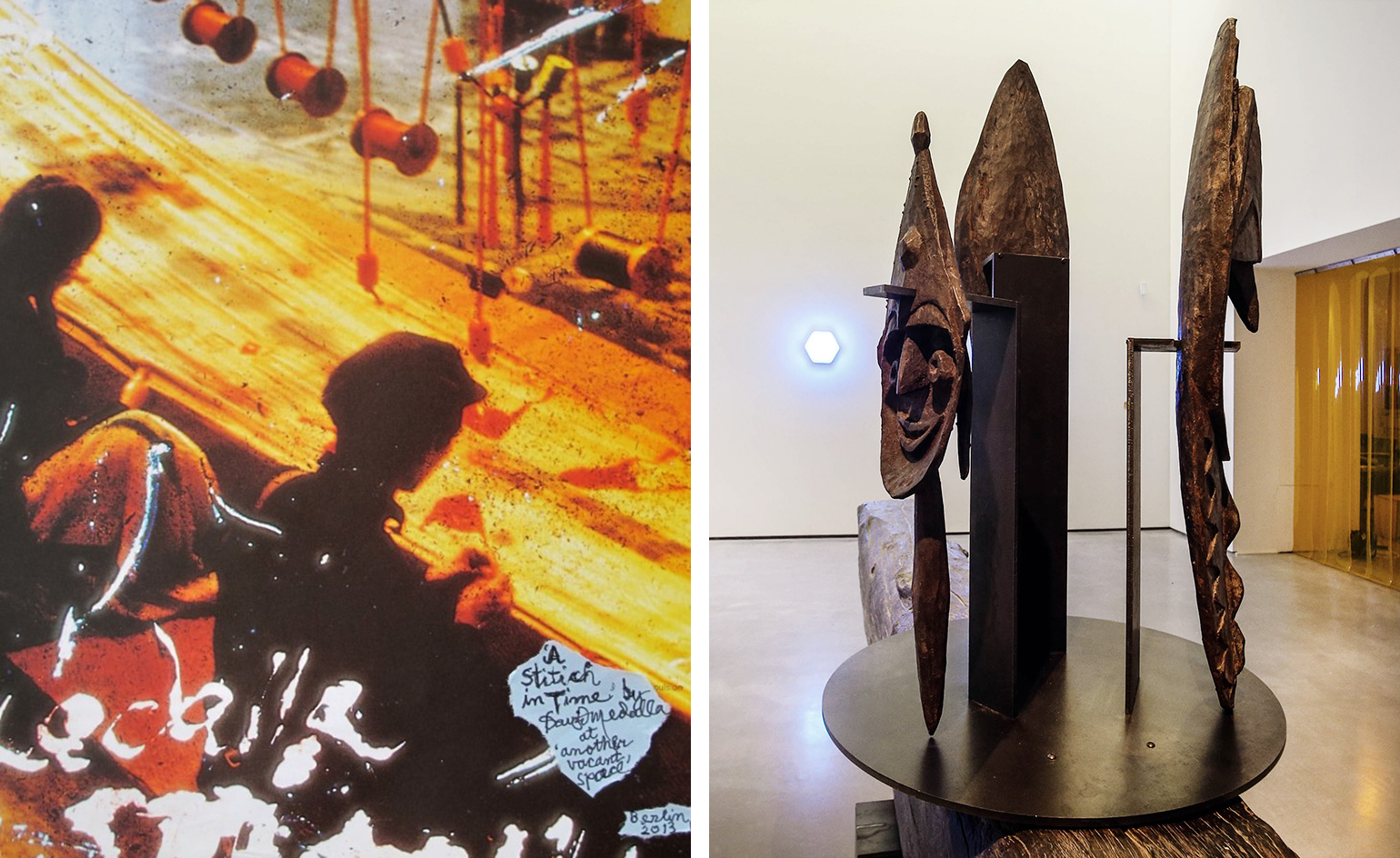
Left: A Stich In Time (detail), by David Medalla, 2013. Right: Stochastic Conveyor (Transference), 2016 and Like Shooting Sparrows in the Dark 3 (deterrent lure), by Steven Claydon, 2016.
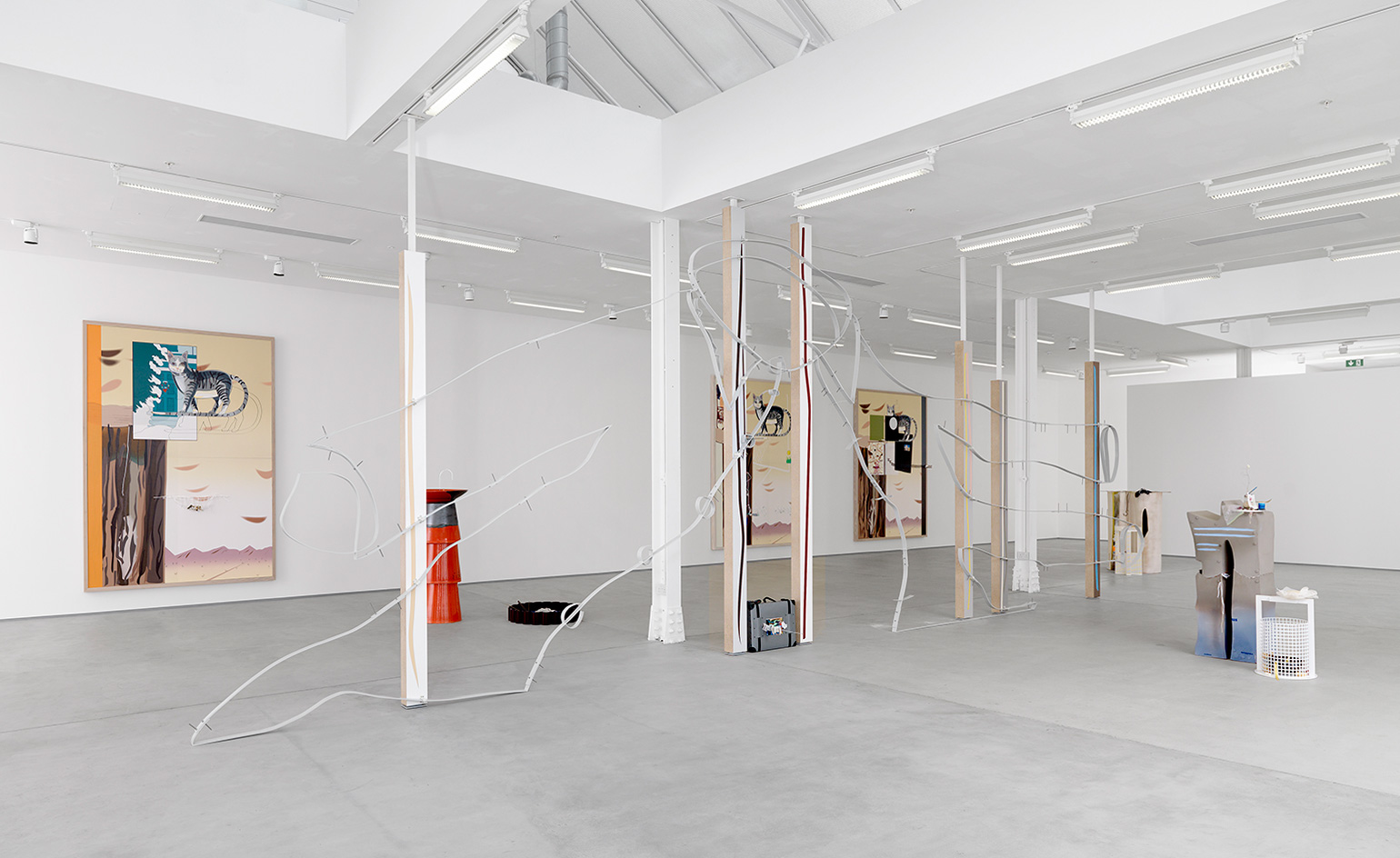
Installation view of shortlisted artist Marten’s work. Her imposing works slide from 2D to 3D with elegance
INFORMATION
’The Hepworth Prize for Sculpture’ is on view until 22 January 2017. For more information, visit the Hepworth Wakefield website
ADDRESS
The Hepworth Wakefield
Gallery Walk
Wakefield WF1 5AW
Wallpaper* Newsletter
Receive our daily digest of inspiration, escapism and design stories from around the world direct to your inbox.
Elly Parsons is the Digital Editor of Wallpaper*, where she oversees Wallpaper.com and its social platforms. She has been with the brand since 2015 in various roles, spending time as digital writer – specialising in art, technology and contemporary culture – and as deputy digital editor. She was shortlisted for a PPA Award in 2017, has written extensively for many publications, and has contributed to three books. She is a guest lecturer in digital journalism at Goldsmiths University, London, where she also holds a masters degree in creative writing. Now, her main areas of expertise include content strategy, audience engagement, and social media.
-
 Marylebone restaurant Nina turns up the volume on Italian dining
Marylebone restaurant Nina turns up the volume on Italian diningAt Nina, don’t expect a view of the Amalfi Coast. Do expect pasta, leopard print and industrial chic
By Sofia de la Cruz
-
 Tour the wonderful homes of ‘Casa Mexicana’, an ode to residential architecture in Mexico
Tour the wonderful homes of ‘Casa Mexicana’, an ode to residential architecture in Mexico‘Casa Mexicana’ is a new book celebrating the country’s residential architecture, highlighting its influence across the world
By Ellie Stathaki
-
 Jonathan Anderson is heading to Dior Men
Jonathan Anderson is heading to Dior MenAfter months of speculation, it has been confirmed this morning that Jonathan Anderson, who left Loewe earlier this year, is the successor to Kim Jones at Dior Men
By Jack Moss
-
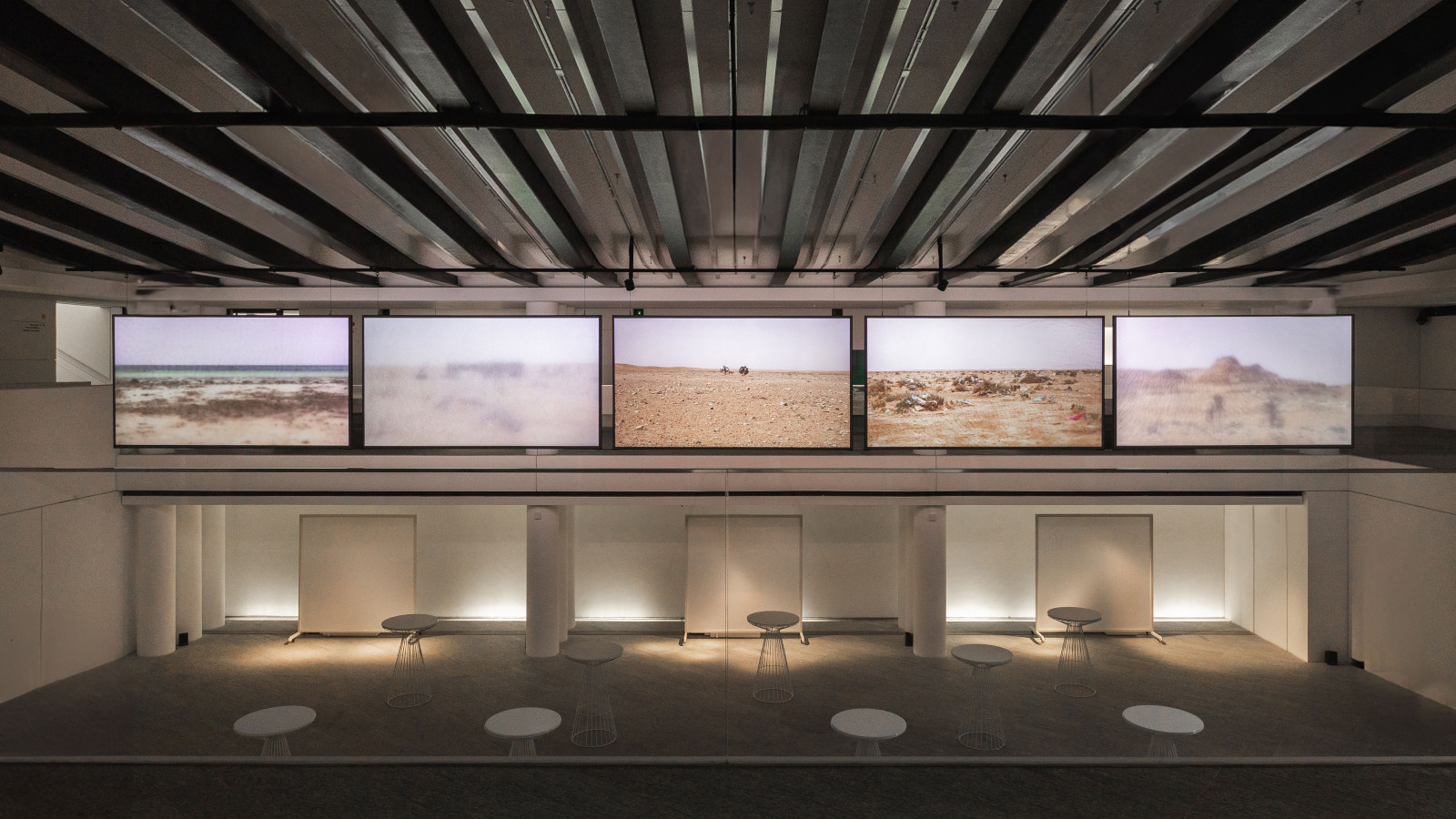 Nicène Kossentini’s disappearing desert landscapes win Richard Mille Art Prize 2024
Nicène Kossentini’s disappearing desert landscapes win Richard Mille Art Prize 2024Meet the Richard Mille Art Prize 2024 winner, and see all the shortlisted works, showcased by Louvre Abu Dhabi
By Simon Mills
-
 Inside Jack Whitten’s contribution to American contemporary art
Inside Jack Whitten’s contribution to American contemporary artAs Jack Whitten exhibition ‘Speedchaser’ opens at Hauser & Wirth, London, and before a major retrospective at MoMA opens next year, we explore the American artist's impact
By Finn Blythe
-
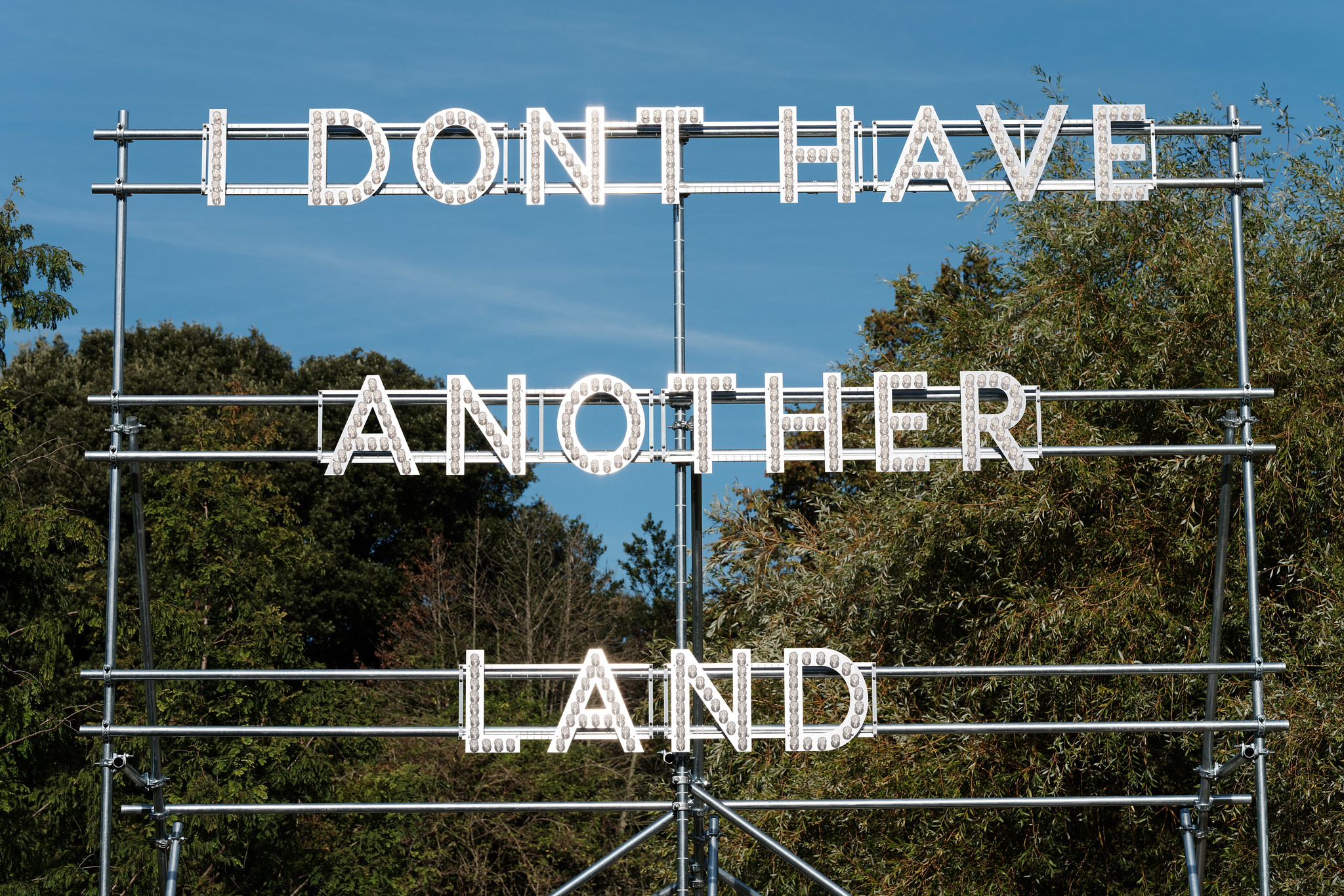 Frieze Sculpture takes over Regent’s Park
Frieze Sculpture takes over Regent’s ParkTwenty-two international artists turn the English gardens into a dream-like landscape and remind us of our inextricable connection to the natural world
By Smilian Cibic
-
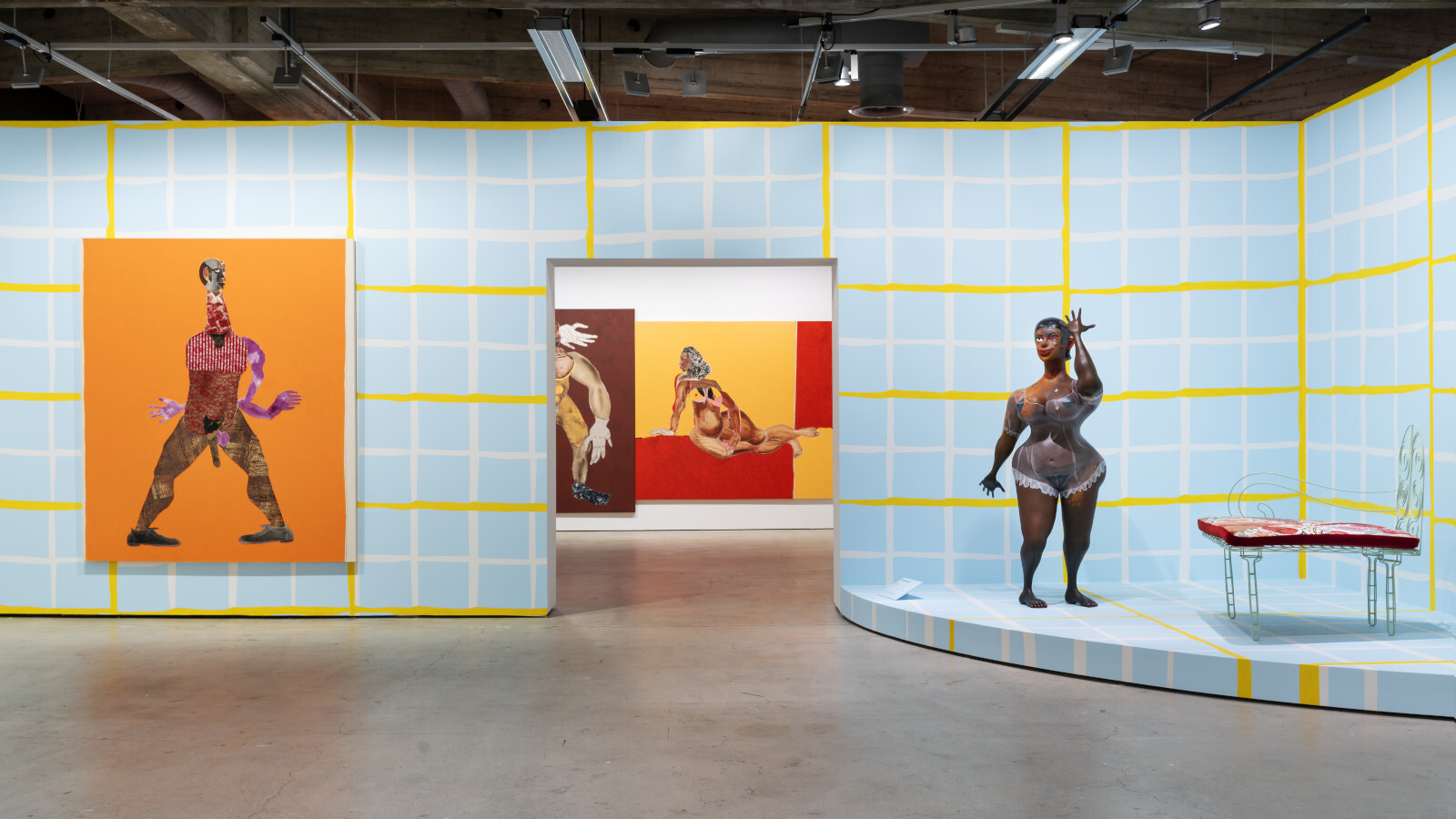 Harlem-born artist Tschabalala Self’s colourful ode to the landscape of her childhood
Harlem-born artist Tschabalala Self’s colourful ode to the landscape of her childhoodTschabalala Self’s new show at Finland's Espoo Museum of Modern Art evokes memories of her upbringing, in vibrant multi-dimensional vignettes
By Millen Brown-Ewens
-
 Wanås Konst sculpture park merges art and nature in Sweden
Wanås Konst sculpture park merges art and nature in SwedenWanås Konst’s latest exhibition, 'The Ocean in the Forest', unites land and sea with watery-inspired art in the park’s woodland setting
By Alice Godwin
-
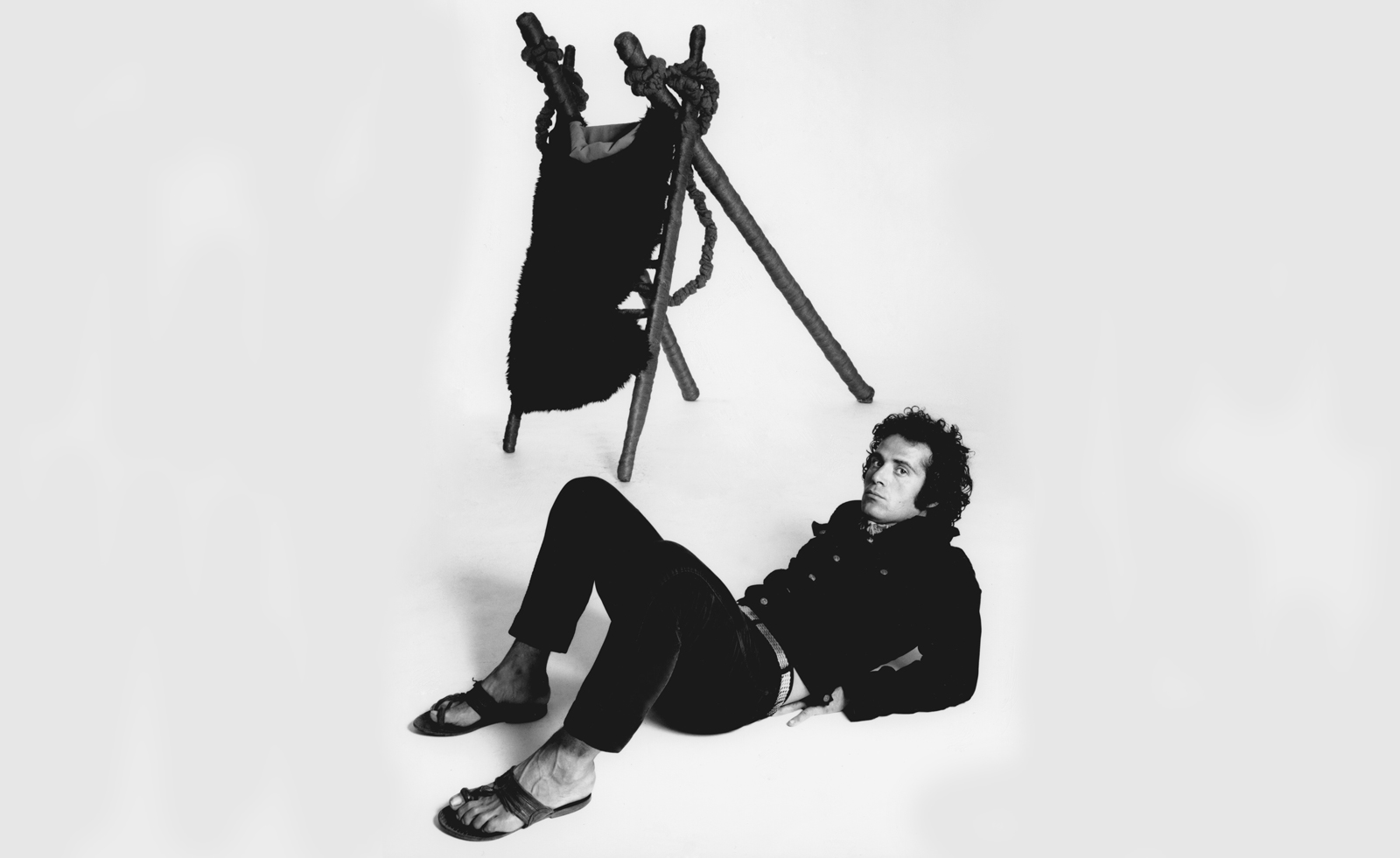 Pino Pascali’s brief and brilliant life celebrated at Fondazione Prada
Pino Pascali’s brief and brilliant life celebrated at Fondazione PradaMilan’s Fondazione Prada honours Italian artist Pino Pascali, dedicating four of its expansive main show spaces to an exhibition of his work
By Kasia Maciejowska
-
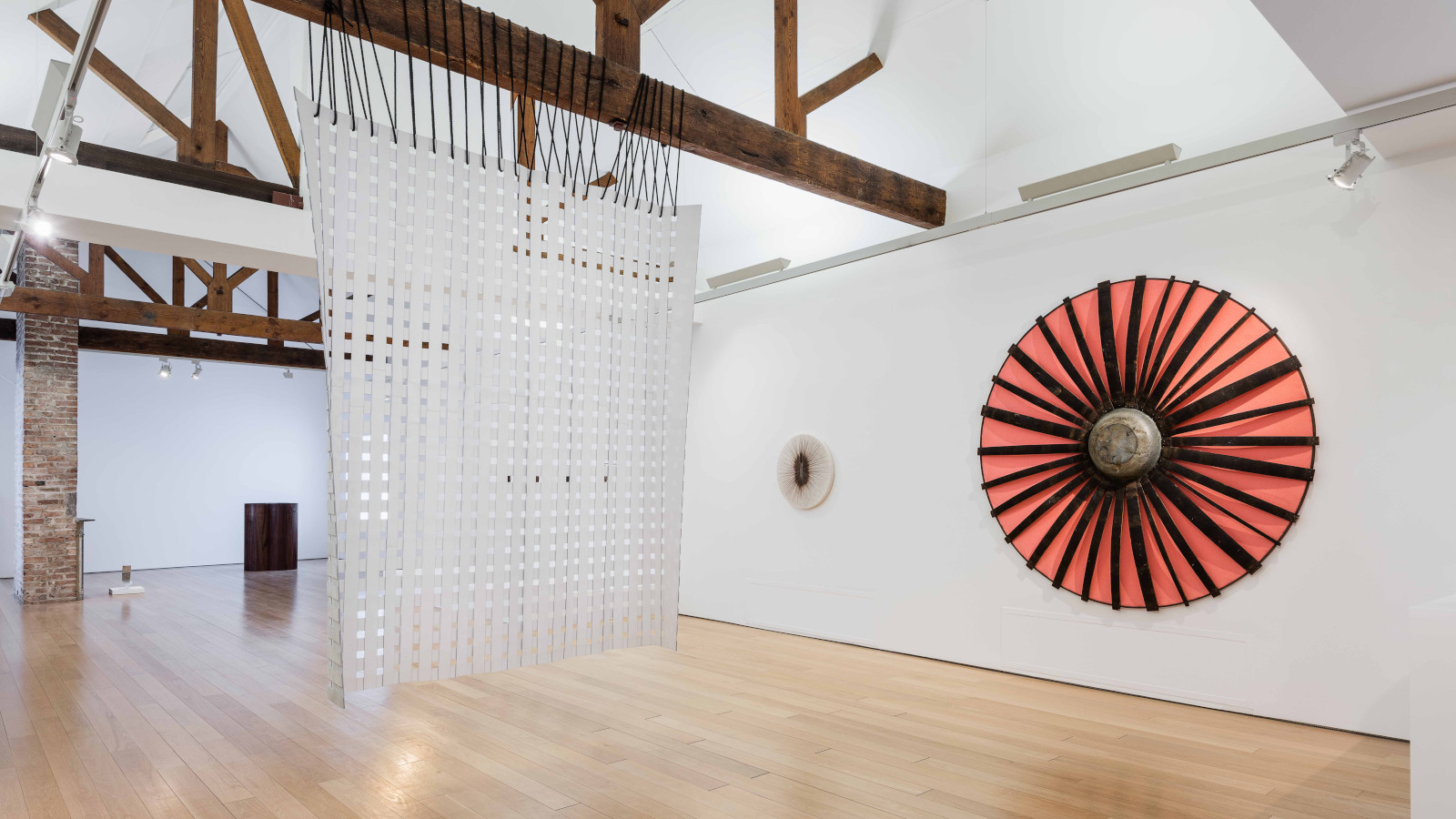 John Cage’s ‘now moments’ inspire Lismore Castle Arts’ group show
John Cage’s ‘now moments’ inspire Lismore Castle Arts’ group showLismore Castle Arts’ ‘Each now, is the time, the space’ takes its title from John Cage, and sees four artists embrace the moment through sculpture and found objects
By Amah-Rose Abrams
-
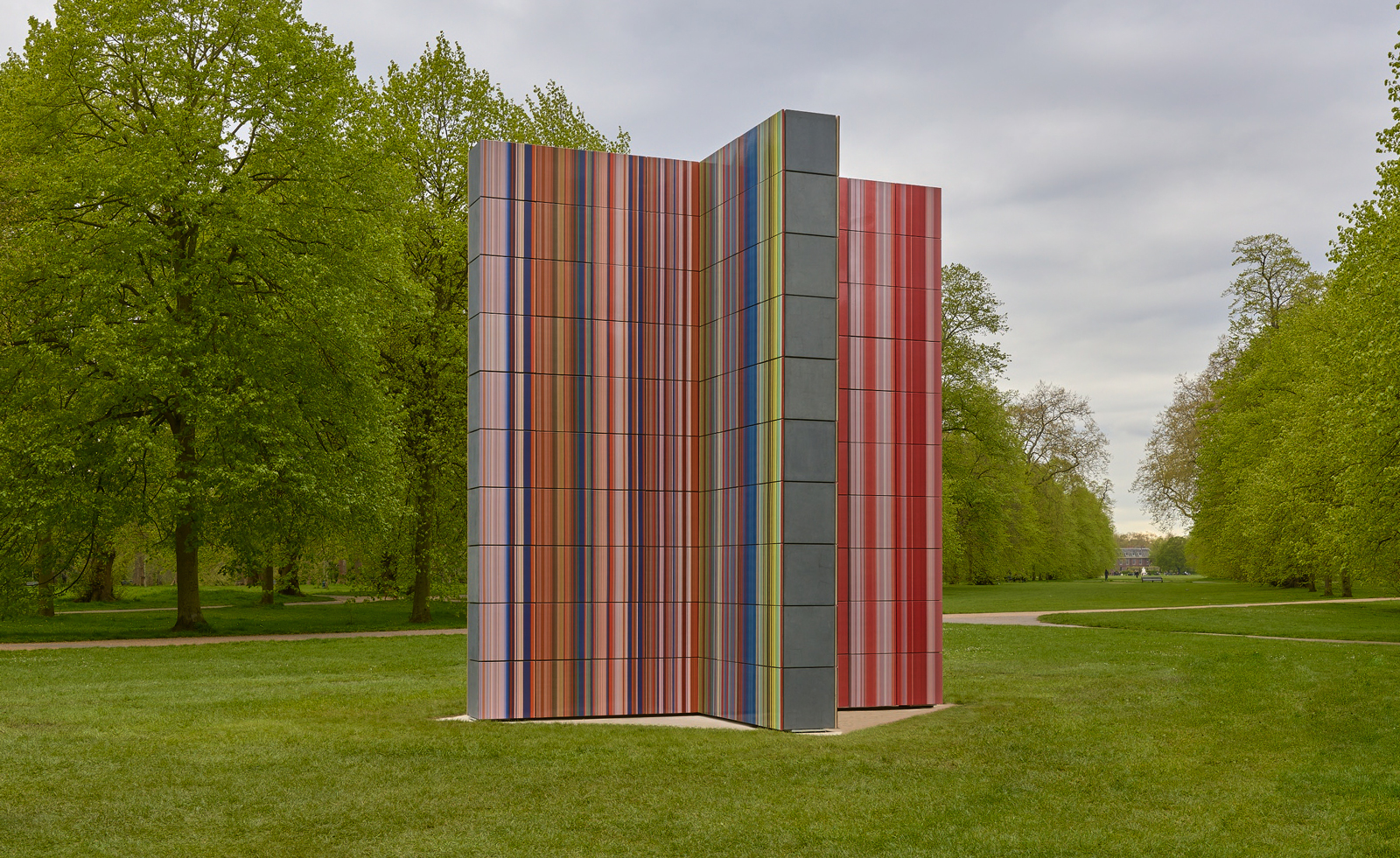 Gerhard Richter unveils new sculpture at Serpentine South
Gerhard Richter unveils new sculpture at Serpentine SouthGerhard Richter revisits themes of pattern and repetition in ‘Strip-Tower’ at London’s Serpentine South
By Hannah Silver